"I don't know who he is, but the Japanese General running this show is one smart bastard." Lt General Holland M Smith, Commander, Fleet Marine Force Pacific
The Japanese High Command had astutely noted the strategic importance of Iwo Jima as early as March 1944. They started to reinforce the island and diverted the 145th Infantry Regiment (Colonel Masuo Ikeda) that was originally intended to reinforce Saipan to the island before the American attack. They also sent the 109th Division, which consisted of the 2nd Mixed Brigade (Major General Sadasue Senda), 26th Tank Regiment (Lieutenant Colonel [Baron] Takeichi Nishi), 17th Mixed Infantry Regiment (Major Tamachi Fujiwara), divisional artillery brigade (Colonel Chosaku Kaido) as well as additional combat support battalions (anti-aircraft, artillery and machine gun). The naval force consisted mainly of anti-aircraft, communications, supply and engineering units, was commanded by Rear Admiral Toshinosuke Ichimaru (who also commanded the 27th Air Flotilla). The total garrison strength at the time of Operation Detachment was 21,060.
Lt General Tadamichi Kuribayashi had been assigned to command the garrison of Iwo Jima in May 1944. He had served in the United States as a deputy defence attaché and considered the USA the "last country in the world that Japan should fight." When he arrived he immediately began to reorganise the chaotic defences that were in place and with the arrival of additional troops and Korean labourers began a huge construction programme that included tunnels, caves, gun emplacements, pillboxes, bunkers and command posts, many of which were mutually supporting and linked by a vast underground communications system. Many were so well constructed that the intensive naval shelling and aerial bombing in the weeks before the attack simply failed to damage them. A lot of these fortifications were dug into the soft pumice-like volcanic rock, which mixed well with cement to provide additional reinforcement. Supply areas, ammunition stores and medical facilities were all constructed within the underground tunnel system and when the fighting was at its height, many Marines report hearing voices emanating from the ground below them. The tunnel system was so extensive that many of the troops that were defending Mount Suribachi managed to escape to the north before the volcano fell. Kuribayashi had studied traditional Japanese defensive tactics that emphasised halting the invader on the beach and realised that they had usually failed and the traditional 'banzai' charge, unless unleashed with care and precision, was a waste of men and resources. He looked at the tactics used by Lt General Sadae Inoue at Peleliu, who had abandoned the old style, and concentrated on a battle of attrition in order to wear down the enemy. Kuribayashi decided he too would adopt these tactics - the Americans would eventually take the islands but he would extract a fearful price. As the geography of Iwo Jima virtually dictated where the Marines would have to land (the only possible landing site being that already described), Kuribayashi set his defences accordingly. In addition, he acted on advice from his Staff Officer, Major Yoshitaka Horie to use the majority of anti-aircraft guns in the ground role as the Americans were bound to have such overwhelming air superiority that any guns that revealed themselves would be quickly destroyed. Many of his Staff Officers seem to have objected to this and used their anti-aircraft guns in both roles and many were put out of action quickly.
You might see some of this again in your student future!
Source
Subscribe to:
Post Comments (Atom)
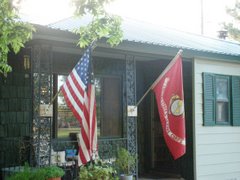
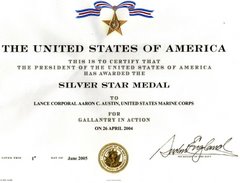
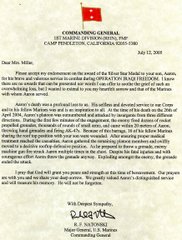
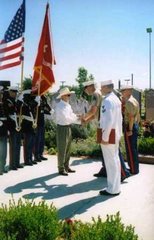






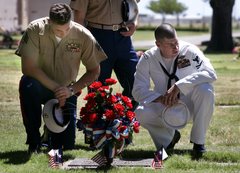



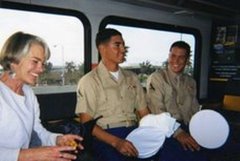

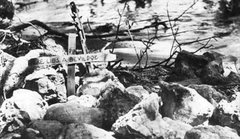


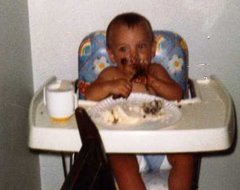

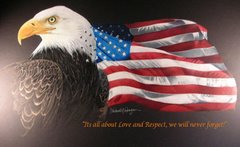
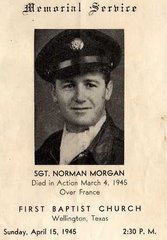
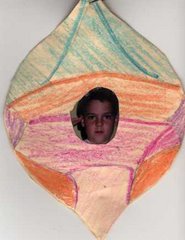

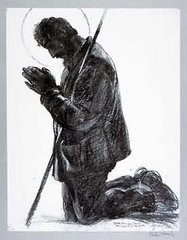
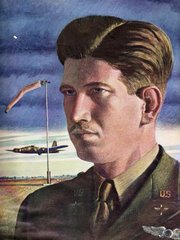
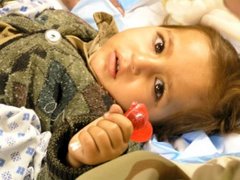
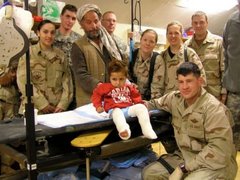
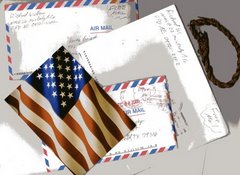

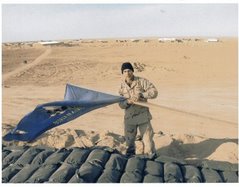


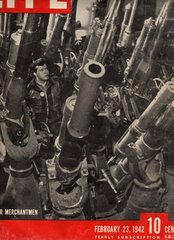
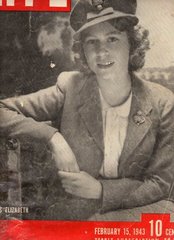

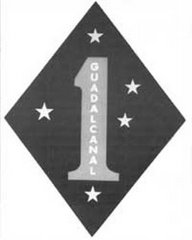
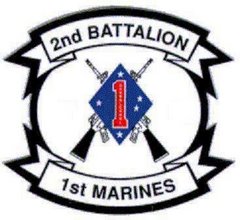


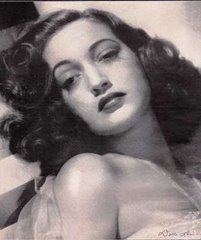

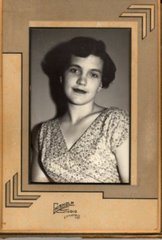

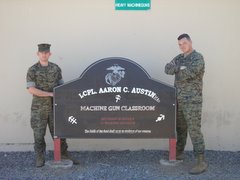

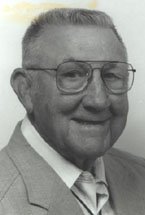

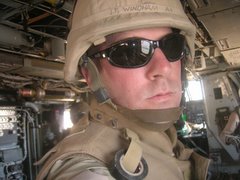
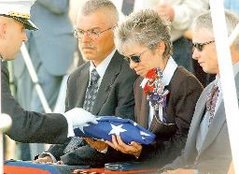




No comments:
Post a Comment